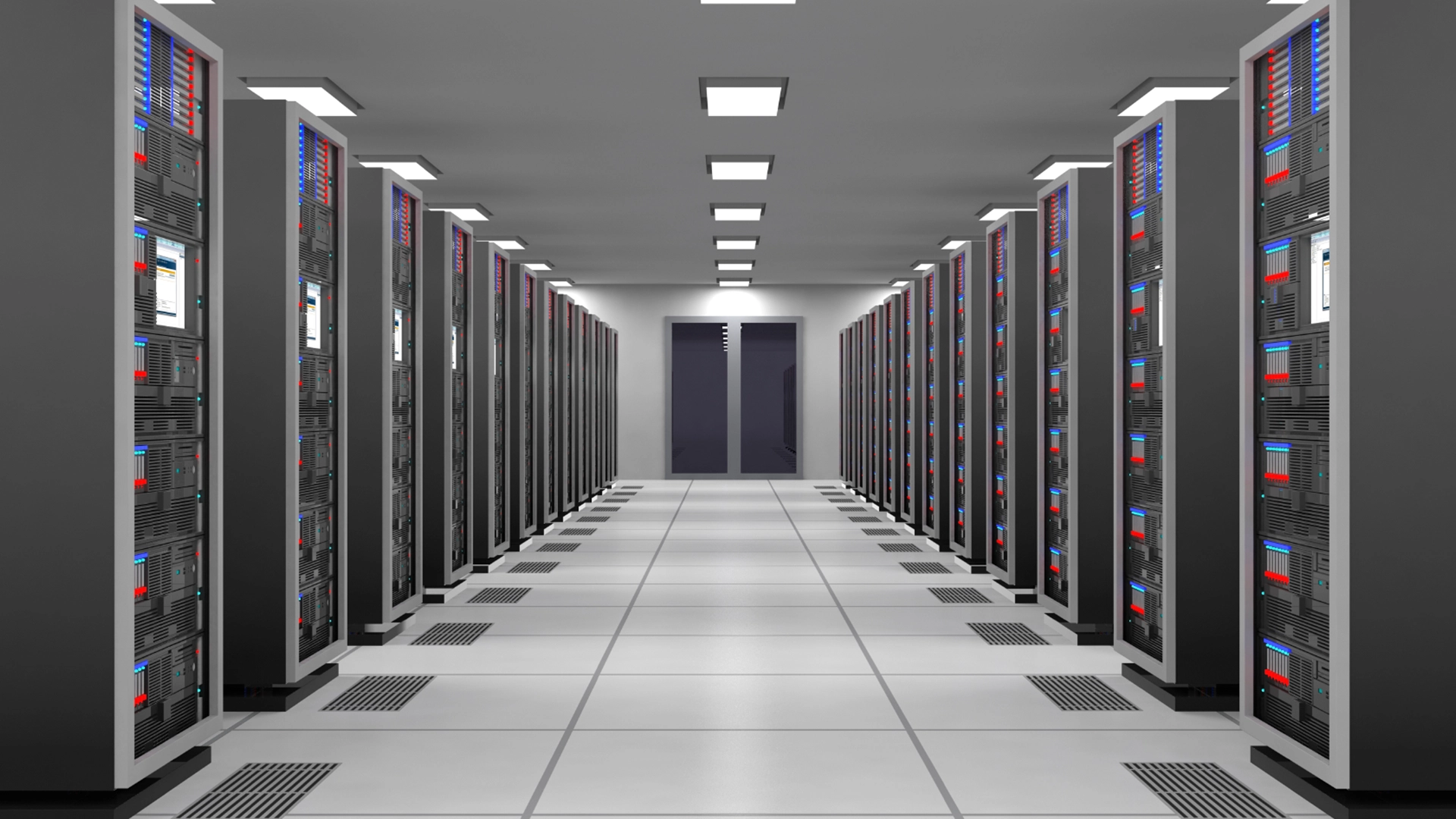

It is clear that the rapid energy transition in Australia and overseas is not progressing smoothly. Energy market regulators, operators, generators and network service providers contend with an ever-changing complexity of rules in attempts to compensate for a lack of inertia, with wind and solar farms being deployed far from the population centres of highest demand.
One solution now being considered by energy utilities around the world, is for a significantly increased use of localised Distributed Energy Resources (DERs) closer to the consumers.
In this paper, Mick Weston explores the efficient and flexible use of digital twin microgrid controllers to better manage the design, engineering, operation and automation of DERs to support the grid in populated areas or provide an alternative to the main grid in remote areas.
In a vast but sparsely populated country like Australia, some electrical utilities have already identified the benefits of removing poles and wires transmitting power to remote areas and providing local microgrids to supply power to their consumers.